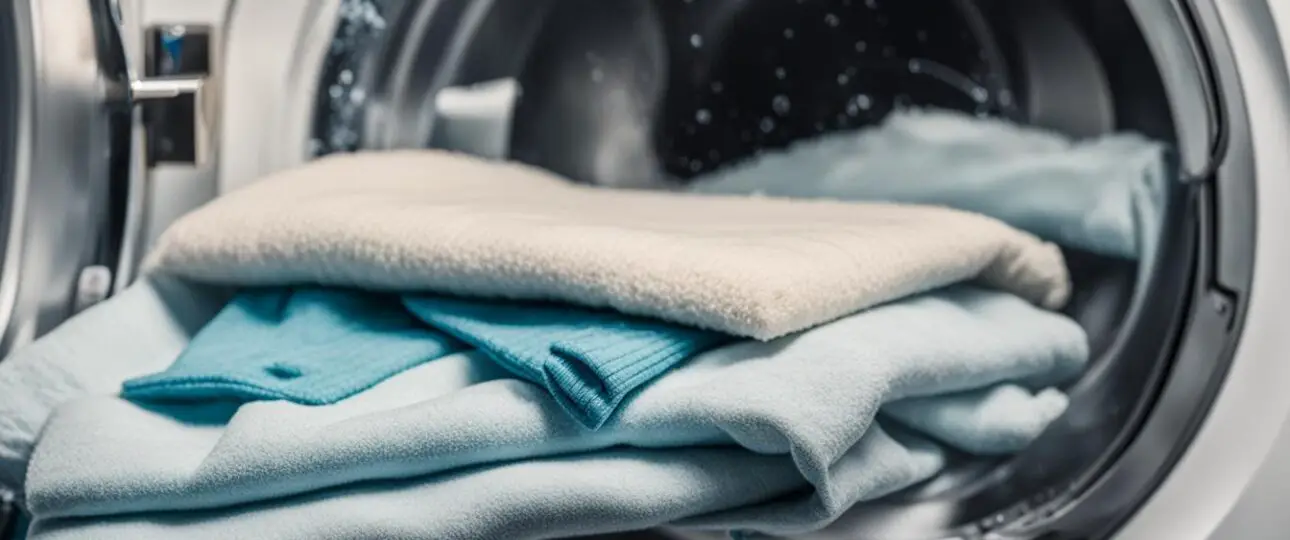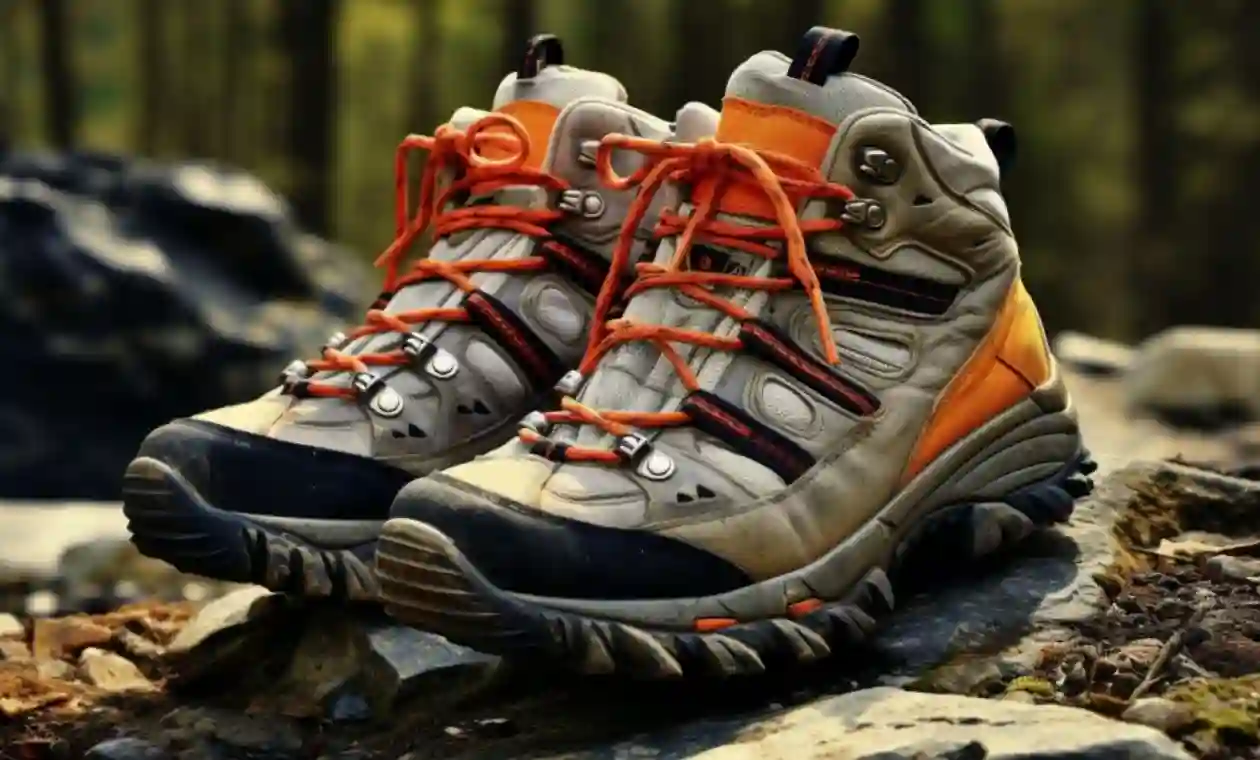Picture this: you’re standing at the top of a pristine mountain, surrounded by breathtaking snow-covered peaks. The anticipation in the air is palpable as you prepare to glide down the slopes, feeling the rush of adrenaline and the crisp winter air against your face. Skiing or snowboarding is not just a sport; it’s an exhilarating escape into nature’s playground.
But just like any adventure, your equipment plays a vital role in ensuring a successful and enjoyable experience. At the heart of your winter gear are your trusty ski pants, protecting you from the elements and keeping you warm and dry. However, after countless runs, snowstorms, and epic wipeouts, your ski pants deserve some tender loving care.
Learning how to properly wash and maintain your ski pants is a crucial skill every winter enthusiast should possess. By following the right techniques, you can preserve the performance and durability of your beloved pants, readying them for your next snowy adventure.
So, whether you’re a seasoned pro or a beginner hitting the slopes for the first time, join us as we dive into the ultimate guide on how to wash ski pants properly. Discover the best way to clean those ski pants, the importance of understanding their materials, and essential care tips to prolong their lifespan.
Key Takeaways:
- Learn how to wash ski pants to maintain their performance and durability.
- Understand the construction and materials used in snow pants for proper care and maintenance.
- Follow a step-by-step guide to wash snow pants effectively.
- Discover helpful maintenance and care tips to keep your snow pants in top condition.
- Remember to always follow the specific washing instructions provided by the manufacturer.
Understanding Snow Pants and Their Material
Snow pants, also known as ski pants, are specially designed outerwear for winter activities like skiing and snowboarding. They are made from durable and water-resistant materials such as nylon and polyester. These fabrics are chosen for their ability to withstand harsh weather conditions and provide protection from moisture.
The water-repellent feature of snow pants is achieved by coating the fabric with a waterproofing solution. This coating helps to repel water and prevent it from seeping through the pants, keeping you dry and comfortable during outdoor winter sports.
Snow pants are not only designed to keep you dry but also to provide insulation against the cold. The materials used in their construction are chosen for their ability to trap heat and keep it close to your body, ensuring warmth even in freezing temperatures.
Understanding the construction and materials of snow pants is crucial for their proper care and maintenance. By knowing how these pants are made, you can take the necessary steps to ensure their longevity and performance.
The Importance of Snow Pants Care
Proper care and maintenance are essential for extending the lifespan of your snow pants and preserving their functionality. Neglecting to care for your snow pants can lead to their deterioration over time, compromising their ability to provide protection and insulation.
Regular washing is an important part of snow pants care. By removing dirt, sweat, and other contaminants, you can keep your pants clean and fresh. However, it’s crucial to follow the recommended washing instructions to avoid damaging the fabric or compromising the waterproofing coating.
In addition to washing, it’s important to store your snow pants properly when not in use. Ensure that they are completely dry before storing them in a cool and dry place. This will prevent the growth of mold or mildew and maintain the integrity of the fabric.
Tips for Snow Pants Care and Maintenance
- Read and follow the manufacturer’s care instructions for your specific snow pants.
- Pre-treat any stains before washing to ensure better cleaning results.
- Use a mild detergent formulated for waterproof clothing to avoid damaging the fabric.
- Wash your snow pants separately from other garments to prevent color bleeding or damage from zippers or buttons.
- Avoid using fabric softeners or bleach, as they can strip away the water-repellent coating.
- Do not dry clean your snow pants, as the chemicals used in the process can damage the fabric and coating.
- After washing, air dry your snow pants to prevent shrinkage or distortion. Avoid using a dryer, as the heat can damage the fabric.
- Inspect your snow pants regularly for any signs of wear and tear, such as fraying seams or loose buttons. Repair them promptly to prevent further damage.
- Apply a durable water repellent (DWR) finish periodically to restore the water-repellent coating.
By following these tips and taking proper care of your snow pants, you can ensure that they stay in excellent condition and continue to provide the protection and comfort you need during your winter adventures.
Step-by-step Guide to Wash Snow Pants
Washing snow pants requires following a step-by-step guide to ensure they are cleaned properly. By following these instructions, you can keep your snow pants in top condition and ready for your next winter adventure.
- Preparation: Before washing your snow pants, remove any lift tickets or passes and empty the pockets. This will prevent them from getting damaged or causing issues inside the washing machine.
- Pre-treat stains: It’s common for snow pants to get dirty and stained during winter activities. Prior to washing, pre-treat any stains using a stain remover or a mild detergent. Gently scrub the stained area with a soft brush or sponge.
- Machine wash: Snow pants should be washed in a washing machine with similar fabrics. Use cold water on a gentle cycle to prevent any damage. Avoid using hot water or strong detergents as they can strip away the waterproof coating on your pants.
- Use a mild detergent: Choose a mild detergent that is specifically formulated for waterproof clothing. This will help to preserve the water-repellent properties of your snow pants. Follow the detergent manufacturer’s instructions for the appropriate amount to use.
- Second rinse: After the wash cycle, it may be necessary to run your snow pants through a second rinse cycle to ensure all soap residue is removed. This step is crucial for maintaining the performance and durability of your pants.
- Air-dry: Instead of machine drying, allow your snow pants to air-dry naturally. Hang them in a well-ventilated area away from direct sunlight or heat sources. Drying them in this way will help to preserve the fabric and maintain the waterproof coating.
Following these steps will ensure that your snow pants are thoroughly cleaned and well-maintained. Now you can hit the slopes with confidence, knowing that your gear is clean and ready to perform at its best!

Maintenance and Care Tips for Your Snow Pants
To prolong the life of your snow pants and ensure they remain in top condition, it is crucial to take proper care of them. By following these maintenance tips, you can extend the durability and effectiveness of your ski pants:
Avoid Abrasive Surfaces and Open Flames
To prevent damage to your snow pants, avoid contact with abrasive surfaces such as rough rocks or tree branches that can tear or puncture the fabric. Additionally, exercise caution around open flames or heat sources as they can melt or damage the material.
Regular Washing with Specially Formulated Detergent
To maintain the water-repellent feature of your snow pants, wash them regularly using a specially formulated detergent designed for ski clothing. Follow the washing instructions on the garment label and use cold water on the gentle cycle to protect the fabric. This will help remove dirt, sweat, and oils that can compromise the water-repellent properties.
Air Drying in a Well-Ventilated Area
After washing, it is crucial to air dry your snow pants instead of machine drying them. Hang them in a well-ventilated area away from direct heat or sunlight. This will prevent any damage that may occur from excessive heat or shrinking, and ensure the pants retain their original shape.
Storage in a Cool, Dry Place
When not in use, store your snow pants in a cool, dry place to prevent moisture buildup and mold. Avoid folding them tightly to prevent creases, as this can weaken the fabric over time. Consider hanging your pants or using a garment bag for proper storage.
Apply a Durable Water Repellent (DWR) Finish
Over time, the water-repellent coating on your snow pants may wear off. After washing, consider applying a durable water repellent (DWR) finish to restore the water-repellent properties. This will help the fabric repel water and prevent it from absorbing moisture, keeping you dry and comfortable during your winter activities.
Professional Cleaning for Stubborn Stains or Deep Cleaning
If your snow pants have stubborn stains or require a thorough deep clean, it may be necessary to seek professional cleaning services. They have the expertise and specialized equipment to remove tough stains and ensure your snow pants are restored to their original condition.
By following these maintenance and care tips, you can keep your snow pants looking and performing their best, allowing you to enjoy your winter adventures with confidence.
Conclusion
Properly washing and maintaining ski pants is crucial for their performance and durability. By following the step-by-step guide and taking care of your snow pants, you can ensure they last for many seasons to come.
Regular washing, proper drying, and preventive care will help maintain the water-repellent feature of the pants and keep them in top condition. Remember to always read the care instructions on the garment label and use specially formulated detergents and waterproofing solutions.
With these tips, you can enjoy your winter adventures while keeping your ski pants clean and functional. Take pride in caring for your ski pants and they will serve you well on the slopes!



